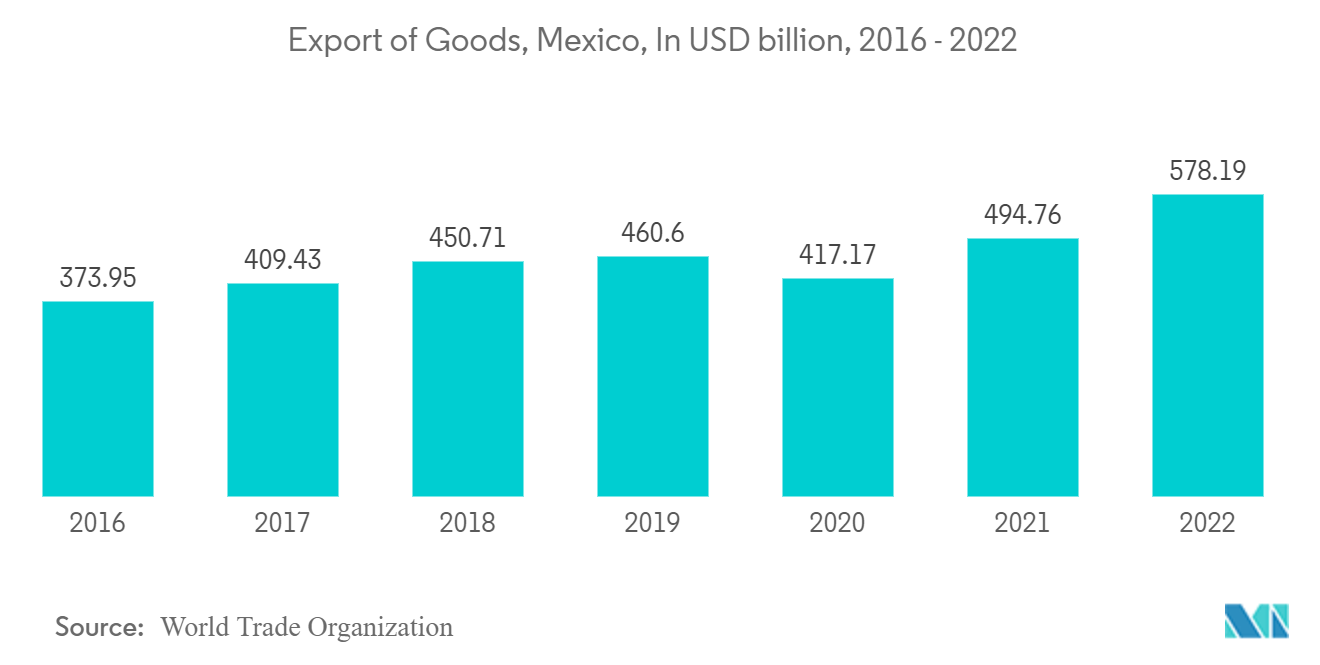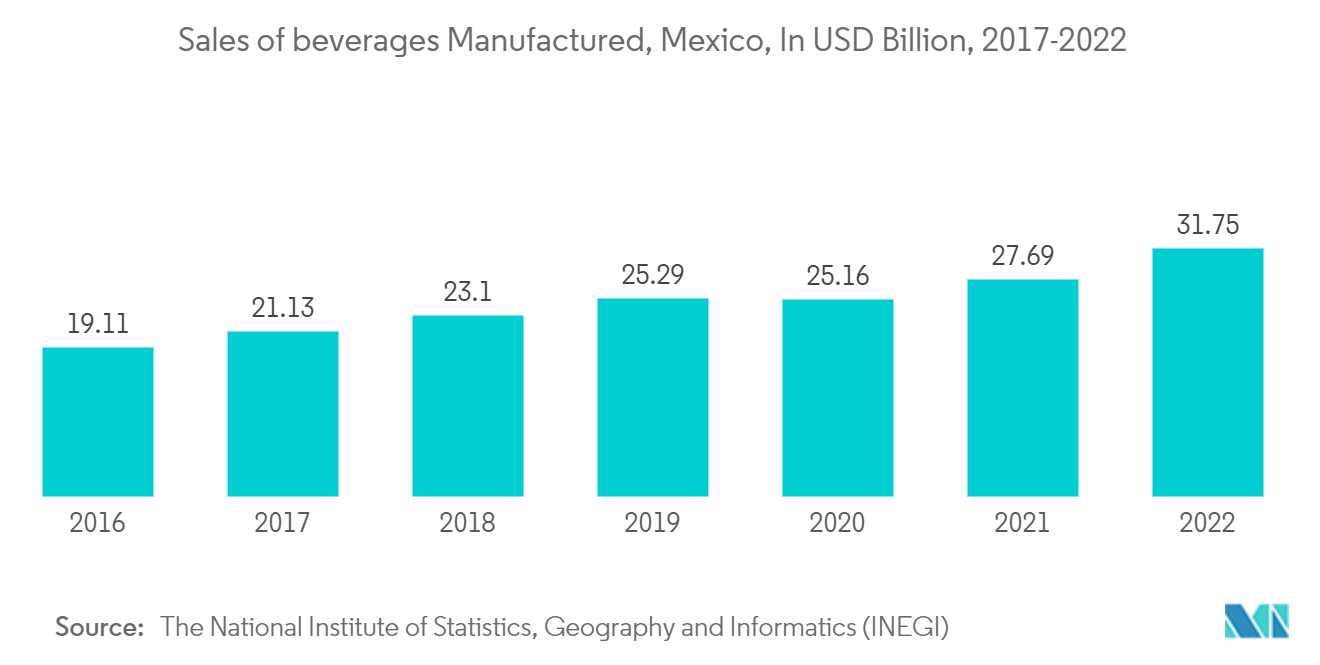Market Trends of Mexico Print Label Industry
Flexographic Printing to Hold the Largest Market Share
- Flexography, a roll-feed high-speed printing technique, is appropriate for most packaging and label applications. The best thing about this flexography is that it makes it possible to print labels on a wide range of products quickly, affordably, and with excellent quality. A flexible printing plate creates a flexographic print by creating a three-dimensional relief of the desired image in rubber or another flexible material. Due to its excellent combination of quality, productivity, and flexibility, flexographic printing has become the most popular printing method in the print label industry.
- Print labels are crucial in product safety and promotions through flexible packaging attributed to on-demand printing in almost any size or quantity. Advanced flexographic printing techniques enable brand owners to efficiently promote their products and transmit information about them, including their origin, crucial nutritional data, and even crucial tracking data for a product recall.
- Due to the lower cost of flexo printing, its platforms have increasingly entered the market. Creating personalized, limited-run print labeling has also grown more appealing. Flexography is a printing technique that uses a flexible (rather than a solid) plate. It is a newer incarnation of relief printing.
- Enhancing the process of label conversion is a continuous and demanding task due to the difficulty of keeping pace with the latest advancements in technology. UV LED curing technology has emerged as a significant breakthrough in various printing processes. It now provides significant advantages for narrow web flexographic printing and overprint varnishing for labels, tags, flexible packaging, and shrink-sleeve packaging applications.
- Apart from enhancing printing performance, UV-cured inks are migration-compliant and, hence, ideal for UV flexo food packaging and label applications. Sun Chemical recently launched SolarVerse, a range of highly pigmented, low viscosity, multipurpose UV flexo base concentrates that are ideal for labeling food materials.
- According to the World Trade Organization, in 2022, Mexico exported goods with a total value of about USD 578.19 billion compared to USD 373.95 billion in 2016. The surge in exports signifies a broader range of goods being shipped from Mexico. With a diverse array of products entering global markets, there is an increased need for accurate and informative labeling. The Mexican print label market is expected to grow as companies seek high-quality labeling solutions to comply with international standards and regulations.

Beverages Segment to Show Significant Growth
- Labeling has been an indispensable part of marketing, which profoundly influences consumer purchasing patterns. In the beverage industry, brand owners are looking for new approaches to developing labels to attract consumers’ interest.
- With the growth of digital printing, label manufacturers are offering customized packaging and personalization of products for customers. Moreover, increasing safety norms and regulations by respective regulatory bodies of the countries are making print label manufacturers adhere to several guidelines.
- The beverage industry is witnessing an increasing print-labeling due to the personalization trend. Manufacturers continually seek ways to present their products and create new brand identities. This demand forces new labeling technologies to develop and expand continuously. Hence, customized labeling attracts consumers toward purchasing products with a differentiating factor and helps brands take advantage of the potentially untapped part of the labeling market.
- According to INEGI, in 2022, domestic and international sales of beverages produced in Mexico generated around USD 31.75 billion, compared to USD 27.69 billion recorded in the previous year, which was an increase of about 14%. The growth in beverage sales implies a higher production volume, leading to an increased need for labels. The Mexican print label market can benefit from this surge in demand, as beverage manufacturers would require labeling solutions for branding, nutritional information, regulatory compliance, and other essential details.


